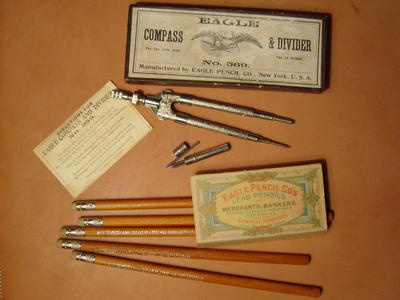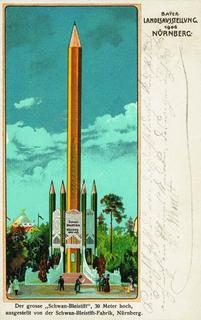
Well I’ve finally got most of the year end work out I brought on vacation of the way. The tree hunt was successful and the Christmas tree is now decorated. So it’s time for the real vacation to begin. And time for the real fun, salt water fly-fishing in Little St. Simons Island creeks and rivers. Love those Redfish and Spotted Sea Trout. Just spending the day out on the creeks, trudging the marshes, catching fish with friends and family has a refreshing effect on your outlook after a long, arduous year. A couple of day’s back we had a wonderful afternoon on Mosquito Creek at what we affectionately call “The Honey Hole”. Five of us must have caught forty or fifty fish in a couple of hours. What’s really surprising is that we didn’t even keep one fish to cook up for dinner or fry for breakfast we were having such a good time catching and releasing them all back to the creek.
To get set in the right mind for our angling this holiday I began reading “Hemingway on Fishing” a few nights back. The book features a selection of excerpts from some of his short stories, novels and journalistic pieces that demonstrate Hemingway’s deep love and understanding of the fisherman’s experience. And a consummate fisherman he was in addition to his writing talent. I myself have never been accused of writing simple prose. I’m generally, the king of the run-on sentence. But Hemingway inspires so I thought I’d add a small bit to the Timberlines on fishing Little St. Simons.
Of course a fisherman can’t go anywhere with out his essential tools and this year I’ve added a few new ones to my kit. Yes, that’s my pocket Moleskine, my Palomino HB and even a KUM sharpener which I rigged to a lanyard along with my other essentials. Yep, I’m now the envy of outdoor artists with that sharpener ever at hand. Slides right into my vest pocket along with pencil and sketchbook. That Palomino won’t go dull when I record my thoughts or capture a quick image when I catch a 5 minute break from the action in the water.
I even got a couple quick sketches in today. The first is of my dad driving the boat out the Hampton River. The wind was up a bit so it was tough sketching while bouncing along the river at 30 mph. Perhaps this should become a new artistic training activity, Extreme Bump Speed Sketching. It can complement Blind Contour Drawing for building your skills. We didn’t catch any fish before lunch, although we did have a Bottlenose Dolphin surface about 5 feet from the boat. I’ll bet he got some lunch at our expense. It was nice just the two of us though, must savor these moments. Don’t get enough opportunities to spend quality time with dad.
The second sketch was drawn while fishing deep in Sancho Panza Creek after our beach picnic lunch back on the island. There’s another literary reference for any Quixote fans out there. “Sanko” as we call it, is just a small creek at this point in the high marsh bounded by saltwort and small clumps of Spartina grass. The fish ride the incoming and outgoing tides following the baitfish, shrimp, mud minnows or whatever the hors d’oeuvres du jour may be. I hoped today’s treat would do the trick, my “Nix Epoxy Fly” with white and green flashing and beaded red eyes.
We were a bit early for the tide turning back out to sea. After an hour of no activity we gave up the ghost on a slow fishing day, crossed the marsh to the Middle Woods Trail and walked the mile or so back to the Hunting lodge through the mixed pine and oak maritime forest. We came across a buck and doe that bounded out of sight into a large clump of Palmettos that provide good cover in these forests. It was a nice walk and a relaxing time with my father. Then his cell phone beeped.
As luck would have it thirty minutes after we left our fishing this afternoon my brother and his father-in-law arrived to the same spot on Sancho and caught nine or ten fish in about 30 minutes time.
Note: For any fishing or Christmas tree fans I’ll be positing some additional photos on my Flickr site in next day or so. Hope your all having a great holiday.
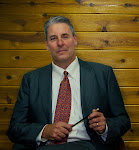
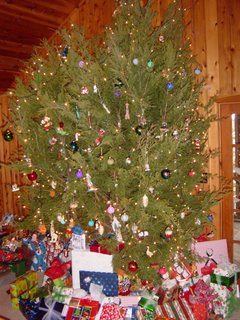
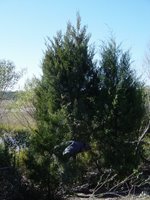
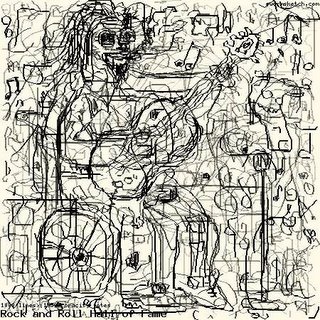
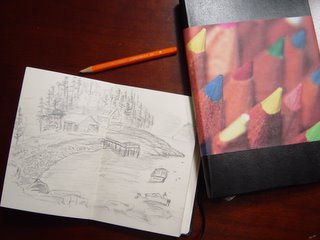

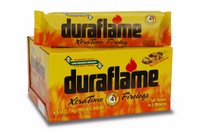
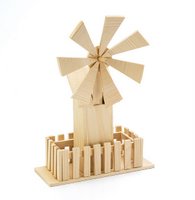

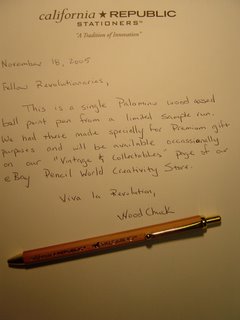


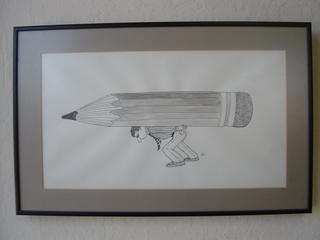




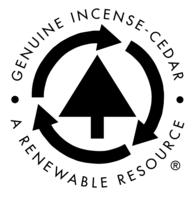


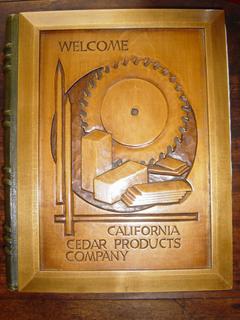


 This post continues a series of Timberlines articles discussing the impact various world trade issues and practices have upon the Pencil Industry. In my previous
This post continues a series of Timberlines articles discussing the impact various world trade issues and practices have upon the Pencil Industry. In my previous  Thanks to Alia for an insightful comment regarding my earlier post,
Thanks to Alia for an insightful comment regarding my earlier post, 
